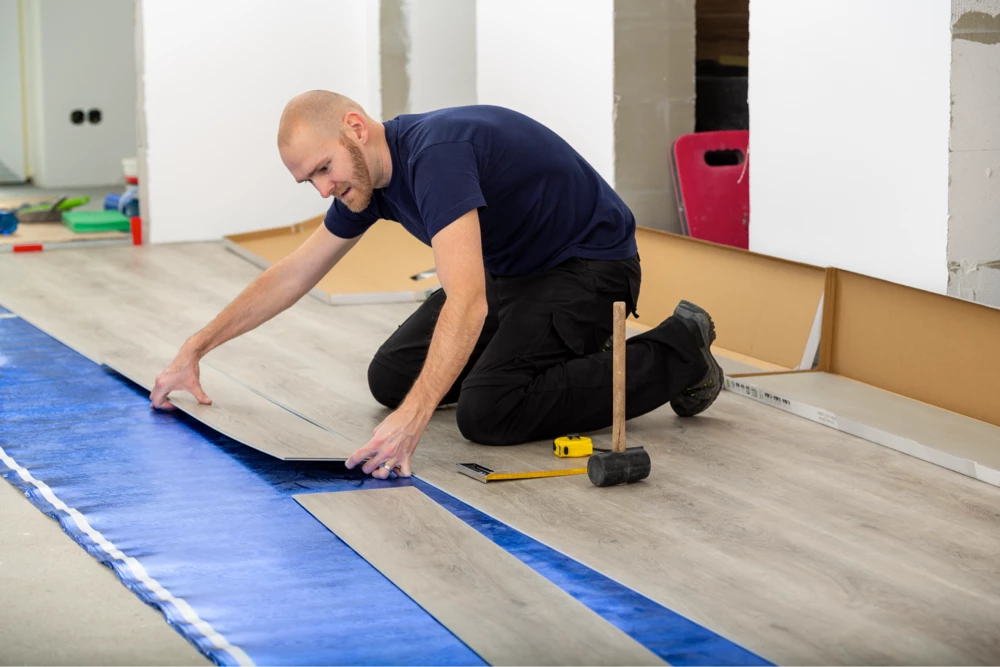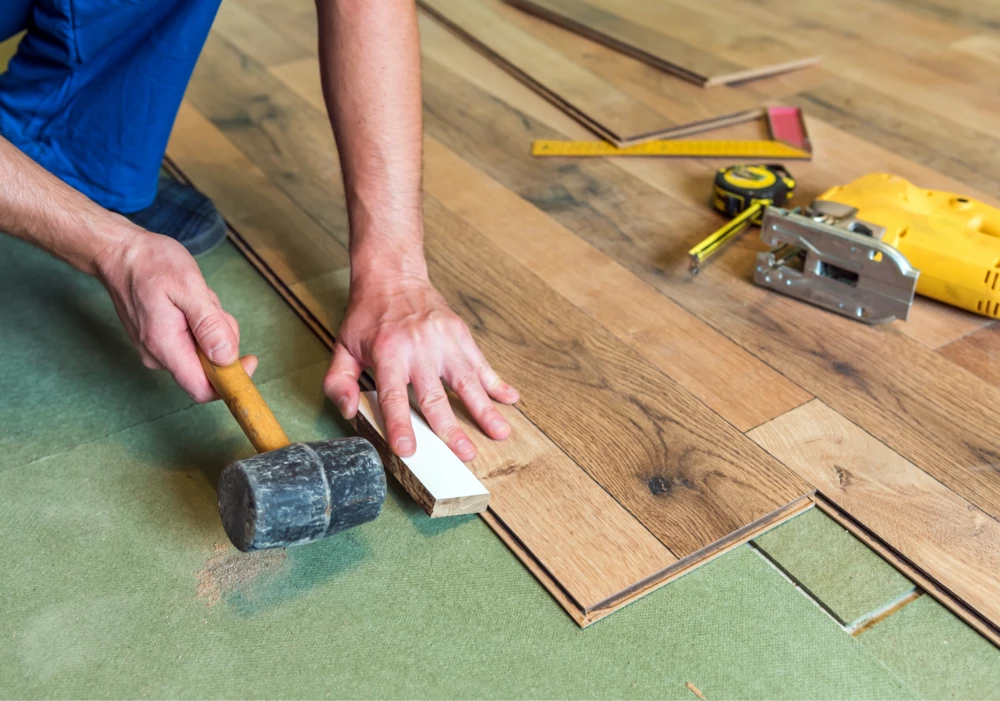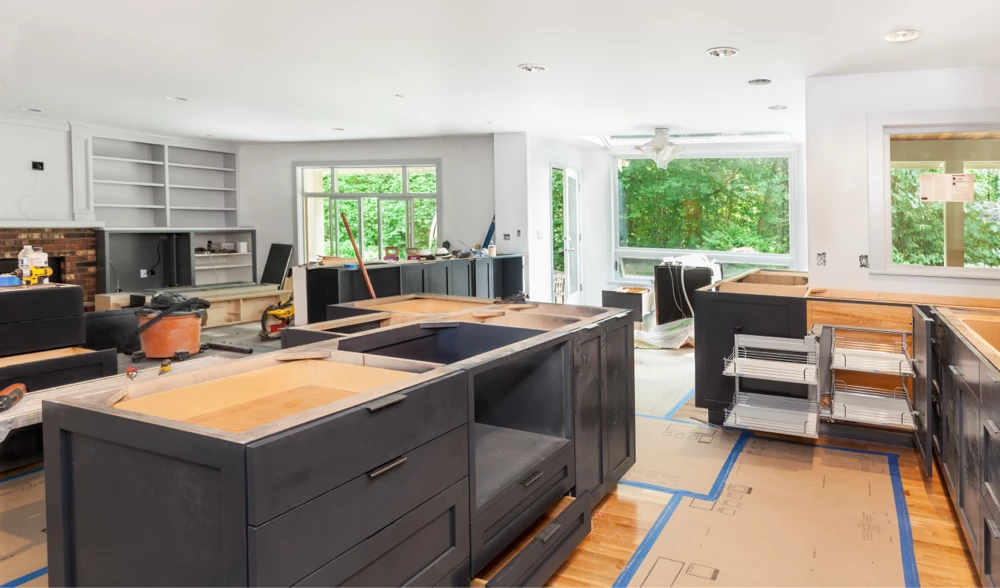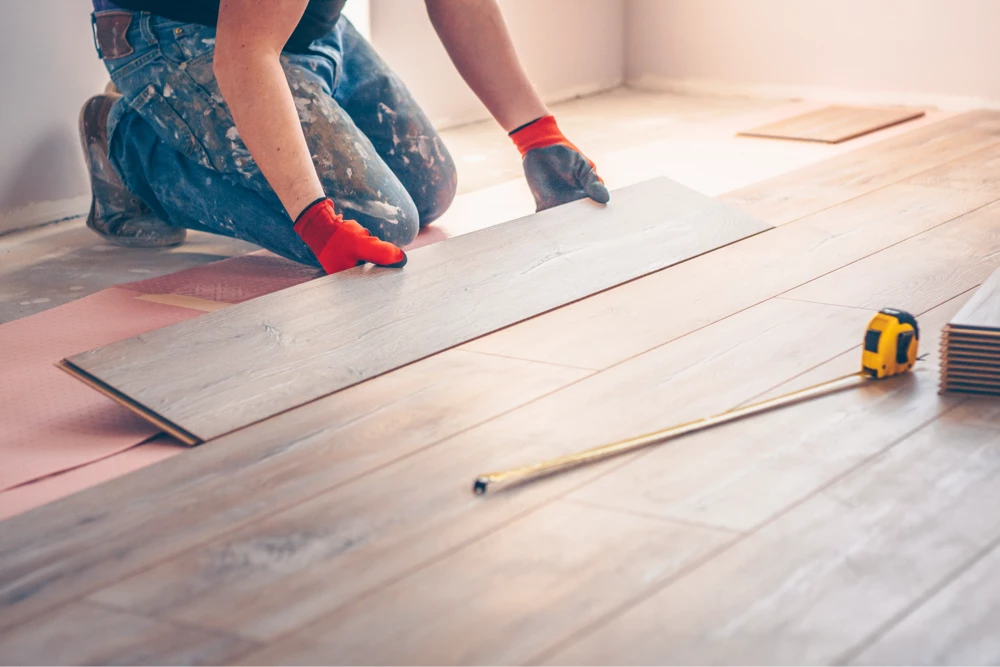Water Damage and Flooring: Tips and When to Call a Professional
Whether you’ve come home to a leaking appliance or discovered wet floors after a heavy storm, water damage can feel overwhelming.
It’s frustrating, messy, and sometimes hard to know what to do next. Acting quickly can help limit the damage and protect your home and health.

Recognizing the signs of water damage, taking the right immediate steps, and understanding when to seek expert help can make a difficult situation more manageable.
How Can I Tell If My Floors Have Water Damage?
Sometimes, the signs of damage are immediate and obvious: boards that have bowed overnight or tile grout darkening in patches. Other times, water damage hides beneath the surface, gradually affecting the structure and air quality in your home. That’s why it’s so important to know what to look for, both right away and in the days that follow. A careful inspection can help you catch problems early and decide on the best course of action.
How Quickly Can Water Damage My Flooring?
Damage can begin sooner than you might expect. It depends on the type of flooring, how much water is involved, and how long it sits before drying starts.
- Hardwood and laminate can start to swell or warp within hours.
- Carpet and padding may trap moisture quickly, making it hard to fully dry without professional tools.
- Vinyl flooring often holds up better, but standing water can seep into the seams or reach the subfloor.
The longer water sits, the more it can spread—and even if everything looks fine on the surface, moisture can remain trapped underneath, leading to hidden damage.
What Does Water Damage Look Like on Different Types of Floors?
Water damage can look different depending on your flooring material. Watch for:
- Hardwood: Warping, cupping, or crowning; boards may separate or feel uneven; you might notice dark stains or a musty odor
- Luxury Vinyl (LVP/LVT): Curling edges, lifting tiles or planks, soft spots from subfloor damage
- Carpet: Persistent dampness, discoloration, odor, or a spongy feel underfoot—signs the padding is affected
- Laminate: Bubbling, swelling at the edges, lifting at seams; damage is often permanent once it sets in

Can Even a Little Bit of Water Ruin My Floors?
Unfortunately, yes. A small leak or spill might not seem like a big deal at first, but over time it can lead to serious problems, especially if water seeps underneath the flooring. Moisture trapped in subfloors, padding, or between layers can create the perfect environment for mold, mildew, and long-term damage.
Catching the issue early and responding quickly can make a big difference, even for seemingly minor water exposure.
What Should I Do Immediately If My Floors Get Wet?
Here are some steps to take as soon as you discover water on your floors:
- Stop the source of water if you can (shut off a valve, unplug an appliance, etc.)
- Remove standing water using towels, mops, or a wet/dry vacuum
- Increase airflow with fans, open windows, or a dehumidifier
- Move furniture and rugs off the wet area to prevent further damage
- Lift a corner of the flooring or carpet if safe to do so, and check for hidden moisture underneath
If the area doesn’t seem to be drying or if damage becomes more noticeable, it may be time to speak with a professional.
Can I Fix Water-Damaged Flooring Myself?
Water damage can range from a surface-level inconvenience to a deeper structural problem. In some cases, you may be able to handle minor damage on your own, but it’s important to know your limits and recognize when DIY fixes aren’t enough.

Hardwood Floors
Hardwood is particularly vulnerable to moisture, but early intervention can make a difference. If the boards are only slightly cupped or warped, they may settle back into place as they dry. Using fans, dehumidifiers, and good ventilation can help speed up the drying process. However, if the planks are heavily distorted, starting to separate, or showing dark stains, the damage likely extends below the surface and may not be reversible without professional sanding, refinishing, or even replacement. Because moisture can get trapped between the wood and the subfloor, it’s often best to have a professional assessment of the extent of the damage before deciding how to proceed.
Luxury Vinyl (LVP & LVT)
Luxury vinyl is typically water-resistant and sometimes even waterproof on the surface, but problems can arise if water gets underneath. If you catch the issue early, you may be able to lift the affected planks, dry the area beneath, and reinstall them without long-term damage. However, if the water has been sitting for more than a day or has reached the subfloor, repairs become more complicated. In those cases, sections of the flooring may need to be replaced, and hidden damage to the subfloor should be ruled out by a professional.
Carpet
Drying carpet thoroughly is difficult without professional equipment. You can attempt to blot water and use fans or a wet/dry vacuum to extract as much moisture as possible. But even if the surface feels dry, the padding underneath can hold onto water, leading to mold, mildew, or lingering odors. If the area is more than a few square feet or has been wet for more than 24 hours, it’s safest to call a professional. They can assess whether the carpet and padding can be salvaged or if replacement is the healthier and more cost-effective option.
Laminate Flooring
Laminate is highly sensitive to water, and unfortunately, most damage is irreversible. Even brief exposure can cause the planks to swell, bubble, or separate at the seams. If you act quickly, you may be able to dry the area and prevent further spread, but once the damage has occurred, replacement is usually the only option. Unlike hardwood, laminate can’t be sanded or refinished. If only a few planks are affected and your flooring was installed with a click-lock system, you might be able to replace those specific boards, but widespread damage will likely require a full replacement.
When Is It Absolutely Necessary to Call a Water Damage Professional?
Some situations are simply too big—or too hidden—to handle on your own. You should contact a professional when:
- There’s been significant flooding or water has sat for more than 24 hours
- The damage covers a large area or affects multiple rooms
- You suspect water has reached the subfloor
- You see signs of mold or smell mildew
- You’ve tried to dry the area, but it still feels damp
- You’re unsure of the full extent of the damage
Water damage professionals use specialized tools to detect moisture, dry structures thoroughly, and address mold risks. Calling for help early can prevent more expensive repairs down the road.

How Can I Prevent Water Damage to My Home’s Floors in the First Place?
While not all water damage is avoidable, a few good habits can lower the risk:
- Check around sinks, dishwashers, washing machines, and water heaters for leaks
- Keep bathrooms and kitchens well-ventilated to control humidity
- Wipe up spills right away before moisture can seep in
- Consider moisture-resistant flooring for basements, laundry rooms, or bathrooms
- Make sure gutters and outdoor drainage systems direct water away from your foundation
Being proactive can help protect your floors—and your peace of mind.
Looking for New Flooring After Water Damage? Trust Great Floors
If water damage has left your flooring beyond repair, Great Floors is here to help you move forward. Our team will help you find the right replacement flooring that stands up to moisture while fitting your home’s style and needs.
Visit our showroom in Coeur d'Alene, ID or contact us to schedule a consultation. We’re here to make the process of rebuilding a little easier, with guidance you can trust and service you can count on.
